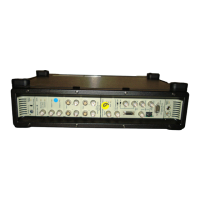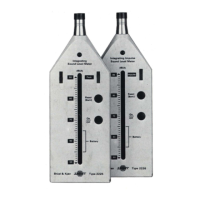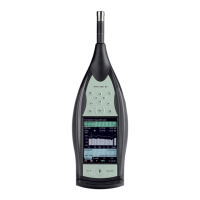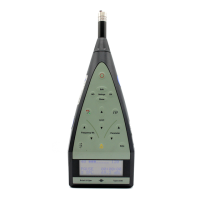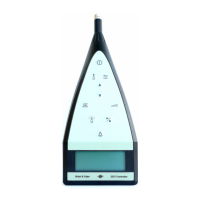PULSE Multi-analyzer System Type 3560-B/C/D/E – Installation and IDAe Hardware6
2.3 Connecting the PC to the Front-end
2.3.1 Network Considerations
The front-end communicates with the PC through a 10Mbit, 100 Mbit or 1000 Mbit Ethernet.
To ensure enough bandwidth from the front-end, use one of the setups described below.
Factory Defaults
If you have ordered your system from the factory with a service contract including installation
and configuration at Brüel & Kjær, the settings will be:
PC Network Identification Computer Name: PORTPULSE
PC IP Address: 10.10.10.50 Subnet Mask: 255.0.0.0
1st Front-end/frame IP Address: 10.10.10.11
2nd Frame IP Address: 10.10.10.12
3rd Frame IP Address: 10.10.10.13
This means your system has been setup for a point-to-point configuration (Fig.2.1). It also
means you cannot connect the system to your in-house network without reconfiguring the IP
address.
Note: If your system contains two or more front-ends, it is still referred to as a single front-end,
but the individual components are referred to as frames.
Direct, Point-to-Point Connection
a
Fig.2.1 shows a setup with a direct, point-to-point connection between the Type 3560-B/C/
D/E’s front-end and the PC. This connection is a 10/100/1000 Mbit Ethernet with RJ45
connectors at both ends. The cable used has to be a crossover type (AO-1449). By connecting
the devices in this way, you are sure to have the maximum possible bandwidth to the front-end.
Fig.2.1
Direct network connection
a. For direct connection of Type 7533 using its 10 base 2 BNC connector, see Appendix A.
3560 C Front-end
990247

